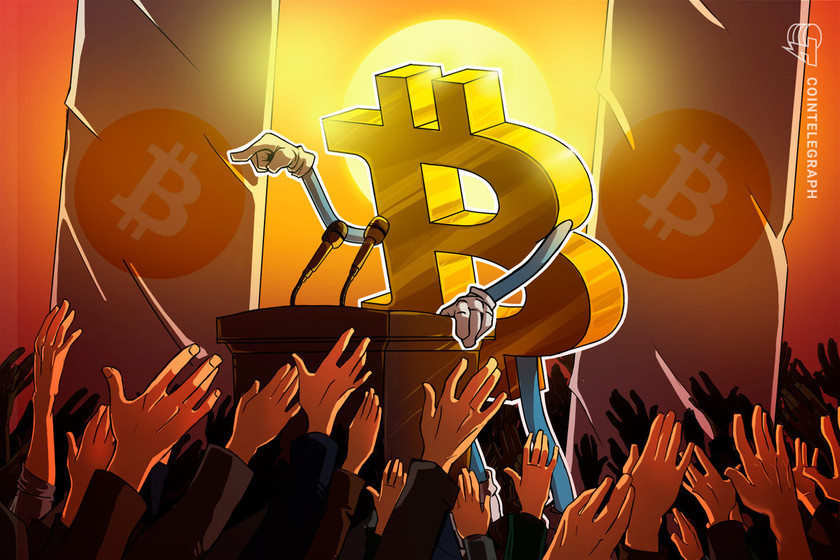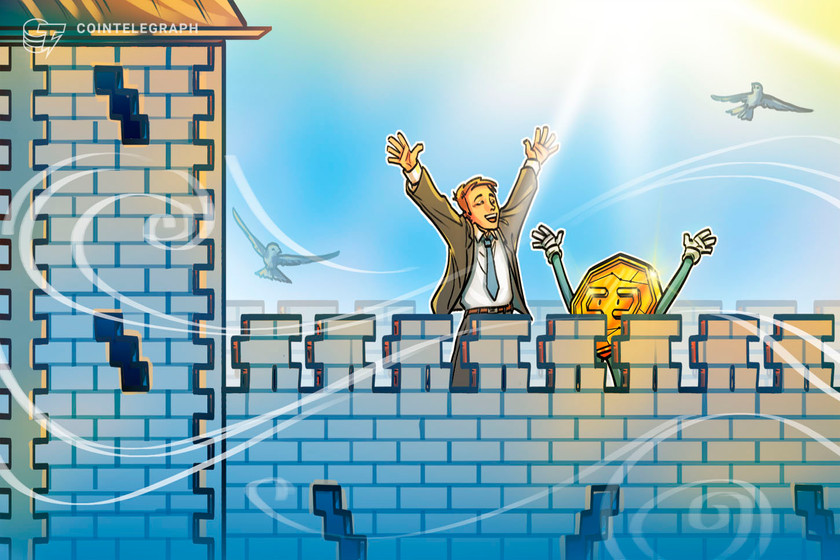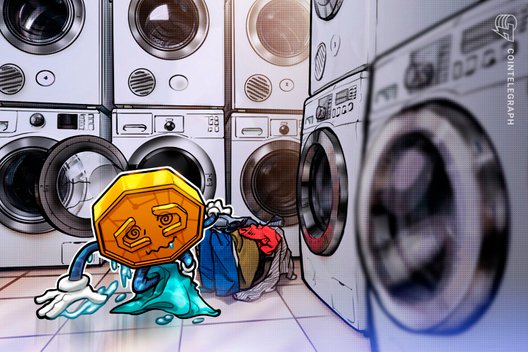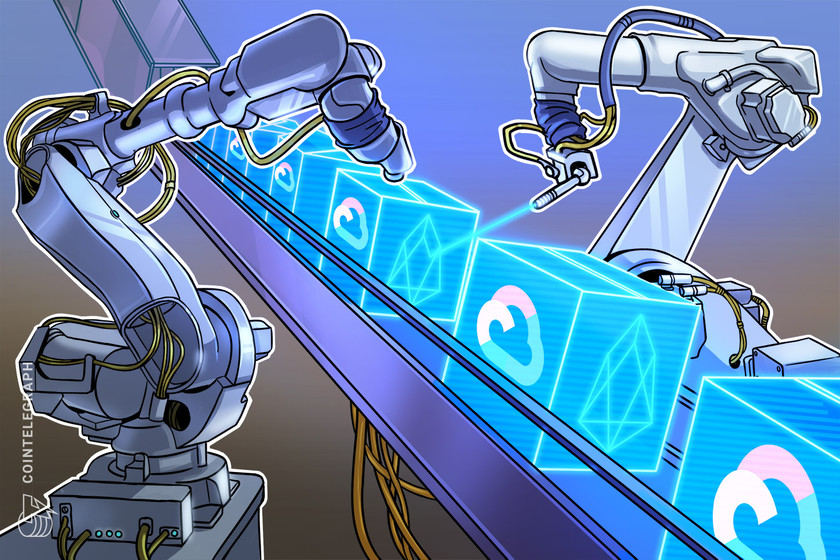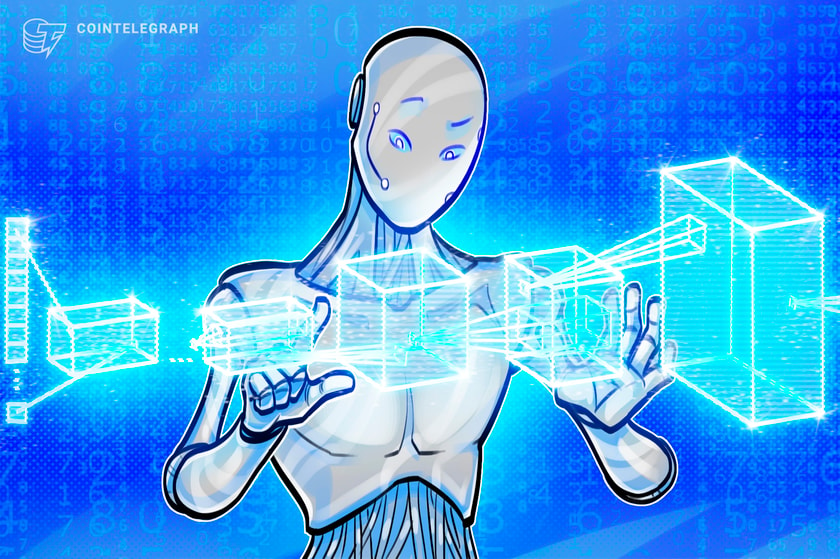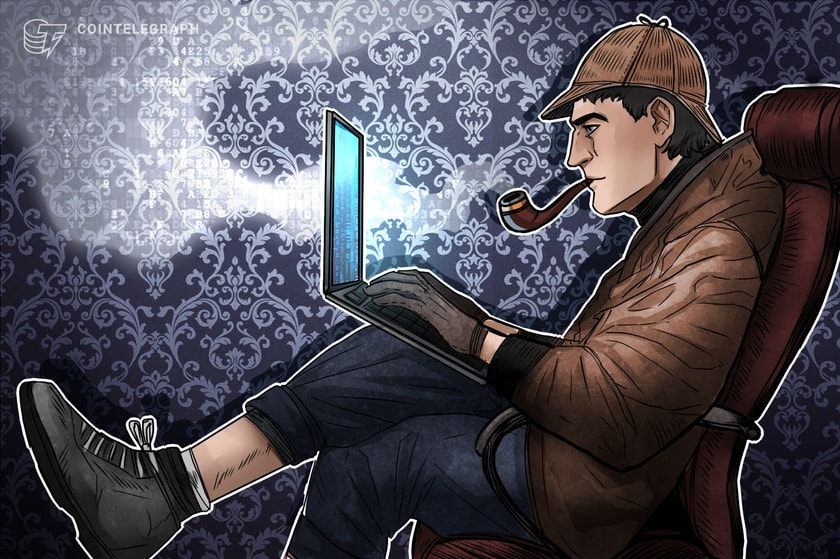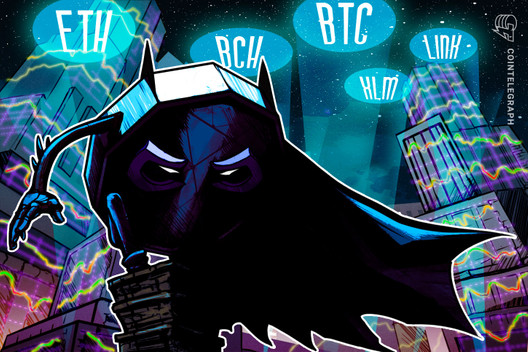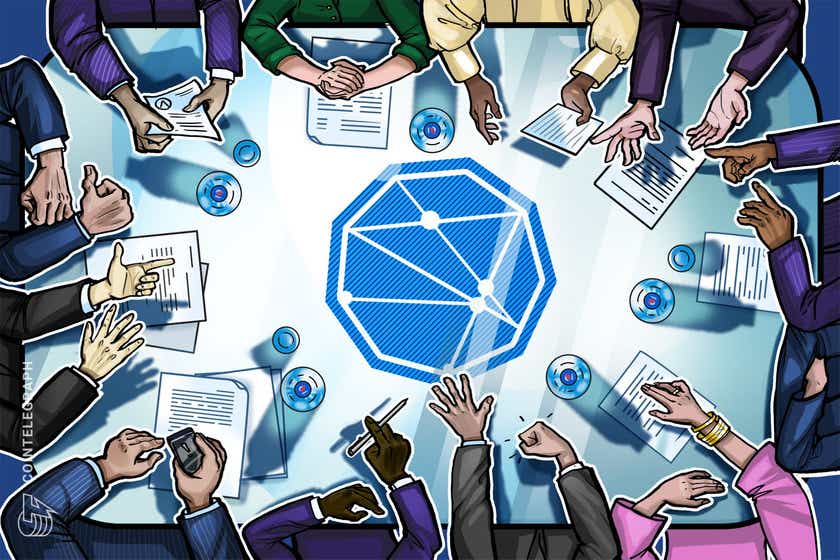What is Midjourney, and how can you use it to create AI art?
Midjourney is a generative artificial intelligence (AI)-powered platform that allows users to generate unique artwork such as characters, images and depictions through short text prompts.
A generative AI platform is an artificial intelligence system that can generate new and unique content, often in images, text or other creative outputs. Unlike traditional rule-based AI systems designed for specific tasks, generative AI platforms use advanced algorithms, typically based on deep learning techniques, to autonomously produce novel and contextually relevant outputs.
Midjourney AI is one such innovative generative AI platform that opens up new possibilities for creative expression and can produce outputs that go beyond what was explicitly programmed, introducing an element of unpredictability and creativity into the AI landscape. This can be applied to various artwork domains to create realistic images that do not exist in the real world.
This article discusses what Midjourney AI is, how Midjourney works, effective prompts, how Midjourney is different from Dall-E 2, and the benefits of Midjourney artwork. It will also raise the lingering question: Is it ethical to use AI-generated art? There is also a step-by-step guide to using Midjourney for artists to create unique AI-generated artworks.
Related: The ABCD of AI: Automation, big data, computer vision and deep learning
What is Midjourney AI?
Midjourney is a generative AI program and service by the research lab Midjourney, Inc. The Midjourney team is led by David Holz, co-founder of Leap Motion. Like OpenAI’s DALL-E and Stability AI’s Stable Diffusion, Midjourney creates visuals using natural language descriptions called prompts.
Midjourney’s website describes itself as “an independent research lab exploring new mediums of thought and expanding the imaginative powers of the human species.”
It has been in open beta since July 12, 2022, and users can create high-quality artwork with Midjourney using simple text-based prompts in Discord bot commands. No specialized hardware or software is needed to use Midjourney. However, to access the service, it is necessary to have a Discord account.
How does Midjourney work?
Midjourney operates through the sophisticated interplay of two machine learning technologies: large language models and diffusion models. When users input prompts, a large language model deciphers the meaning of the words and transforms it into a numerical vector.
This vector is pivotal in guiding the diffusion process, where Midjourney uses a diffusion model to transform random noise into visually appealing art. Diffusion models involve gradually adding random noise to a training data set of images. The model becomes adept at generating entirely new images by learning to reverse this noise over time.
For example, if a user inputs a text prompt such as “Bitcoin mining with bright colors and animated appearance,” Midjourney starts with a field of visual noise. Through latent diffusion, a trained AI model systematically subtracts noise, progressively unveiling an image that embodies the essence of the specified objects and themes in the original prompt.
Language comprehension and diffusion modeling synergy empower Midjourney to craft captivating and diverse AI-generated artworks based on user input or prompts.
How to get started with Midjourney — A step-by-step guide
Midjourney beta can only be accessed through a Discord account. Here is a step-by-step tutorial on using Midjourney for creating unique AI-generated images:
Step 1: Join the Midjourney Discord
Existing Discord users can visit Midjourney.com, click the “Join the Beta” button, or go directly to the Midjourney Discord. For those who do not have a Discord account, register to create a free account on Discord first and then join the Midjourney Discord server. You can access the Midjourney Discord from anywhere — web, mobile and desktop applications.
Step 2: Select a subscription plan
When the service first launched in July 2022, anyone could use it to generate 25 images for free. However, this changed in April 2023, with Midjourney pausing the free trial program. Midjourney is no longer freely available except for some brief promotional periods. The pricing plan can be found in the below table.

Step 3: Use the “/imagine” command to generate artwork
To start, you can go to the channel “#newbies,” followed by a number on the Midjourney Discord server. There are many such channels, and you can pick any one of them. In the newbie channel, enter “/” followed by “imagine” and the prompt for Midjourney to generate the required images.
For example, /imagine prompt: “Bitcoin mining in bright colors with an animated appearance.”

Another example of a /imagine prompt, “Ethereum blockchain elements in a modern tech setting,” gave the following result:

How long does it take Midjourney to generate an image?
On average, Midjourney takes about a minute to generate four artwork options. However, this is not fixed, and the time may increase if one wants an upscaled image or a non-square aspect ratio output.
Midjourney subscription plans have fast and relaxed modes, which will change the generation speed as per the subscribed plan. In the fast mode, waiting in line behind others is unnecessary. However, even the most expensive paid plans have a monthly limit on the number of images generated in fast mode.
In the relaxed mode, image requests are sent to a queue. Generation can take anywhere between one and 10 minutes to complete. Additionally, Midjourney has an expensive “Turbo” mode that can be activated with the “/turbo” command. Turbo mode generates new images four times faster but consumes twice as much time from your monthly allowance of the subscription plan.
How do I save Midjourney images, and who owns them?
To save the generated image on Midjourney, click on the image to open it in full size, and then right-click and choose the “Save image” option. On mobile, long-tap the image and then tap the download icon in the top right corner.
Midjourney allows users to view all previously created images, including the prompts used to generate them. To access previously created Midjourney images on Discord, go to the Discord Inbox “Mention” tab and download previous images.
Midjourney images are in the public domain, and ownership is open-source. Midjourney describes itself as an open community that allows others to use and remix images and prompts when posted in a public setting. By default, all images on Midjourney are publically viewable and remixable. Therefore, they can be accessed and modified by anyone. This makes it questionable to sell Midjourney artwork.
What is the difference between Midjourney and Dall-E 2?
Dall-E 2 is a text-to-image model and the successor of Dall-E built by the OpenAI research lab that launched ChatGPT. In 2019, OpenAI received over $1 billion in funding from Microsoft and Khosla Ventures, and in January 2023, following the launch of Dall-E 2 and ChatGPT, it received an additional $10 billion in funding from Microsoft. Midjourney is self-funded and built by an independent lab, Midjourney Inc.
While Dall-E 2 and Midjourney are based on natural language descriptions that generate images from prompts, usage depends on specific requirements and preferences. Some of the differences are as follows:
- Access: Midjourney can be accessed via Discord, whereas Dall-E 2 is only available via OpenAI’s website.
- Image resolution: Midjourney can generate an image with 1792×1024, while Dall-E 2 generates 1024×1024 resolution.
- Subscription: Both have subscription plans, and users may check updated rates on respective websites to see which suits them best.
Benefits and leveraging Midjourney
Midjourney has enabled artists to explore various artistic styles, themes and concepts, fostering creativity and pushing the boundaries of traditional art forms. Artists can experiment with multiple parameters and techniques, resulting in versatile outputs ranging from abstract compositions to realistic representations. It is time-saving owing to the quick AI turnaround for generating images.
Furthermore, integration with platforms like Discord enhances the collaborative aspects of Midjourney, allowing artists to share ideas, techniques and creations within a community of like-minded individuals.
Besides artistic expression, Midjourney is beneficial for creating product images, illustrations, social media creatives, marketing collaterals, nonfungible token (NFT) art projects, architectural visualizations and more.
Is AI art legal and ethical?
While AI art is legal, its ethical implications are multifaceted and involve considerations related to creativity, ownership, bias and societal impact. The common contention is that although AI tools contribute to the creation, the input and guidance come from humans. Clear guidelines on attribution and ownership are essential to addressing these issues.
The commercial use of AI-generated art raises questions about fair compensation and the potential for plagiarism. Artists should be aware of the ethical implications of selling AI-generated work and how it aligns with established norms in the art world.
AI models are trained on data sets that may carry biases present in the data — gender, racial or cultural biases. This can inadvertently lead to biased outputs, reinforcing existing stereotypes or prejudices. Artists and developers need to be conscious of these biases and work to mitigate them.
The computational resources required to train and run advanced AI models like Midjourney and Dall-E 2 raise environmental concerns. The ethical discourse should consider the carbon footprint associated with large-scale AI operations.

